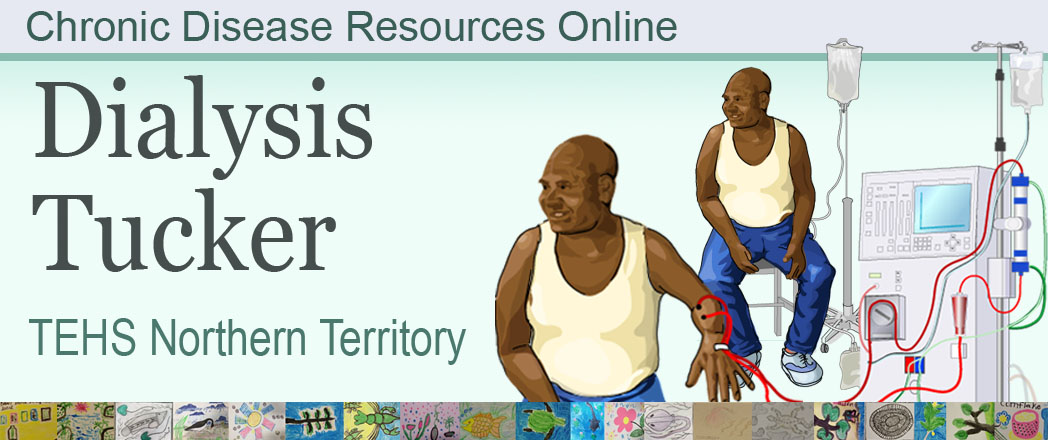|
Before undertaking the development of the resources on this website an EVALUATION OF NUTRITION RESOURCES was conducted by Bethany Krause and Carla Rowe undergoing their Community and Public Health Nutrition Placement from the University of Canberra.
Link to Resource Evaluation Report
The resources were developed guided by a checklist used as a screening tool to improve the effectiveness of resources used at Nightcliff Renal Unit.
Link to checklist
Carla Rowe contacted the CDRO (Chronic Disease Resources Online) who provided the artwork needed for the resourses.
All the reources on this website are evidence based, however anyone using these resources must rely their own professional judgement as to how the resources are used with clients.
|


